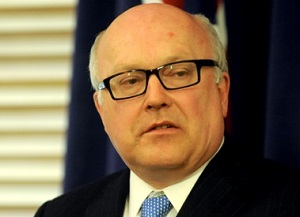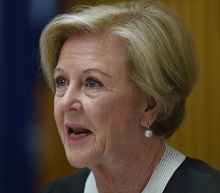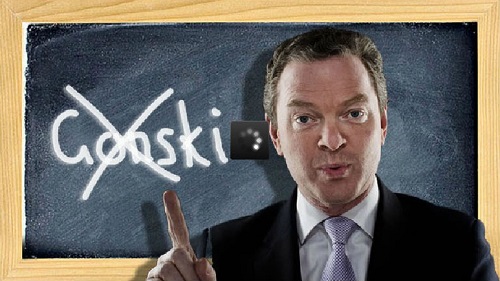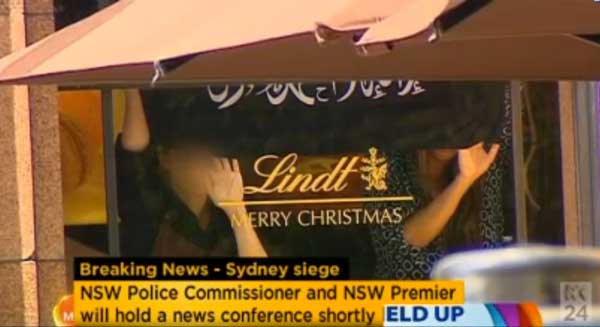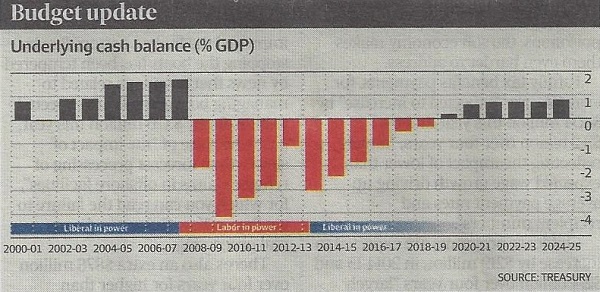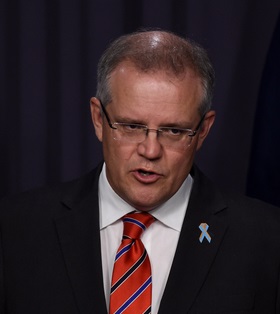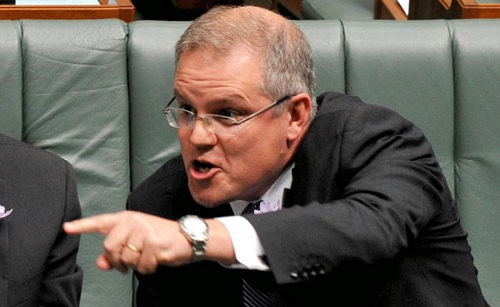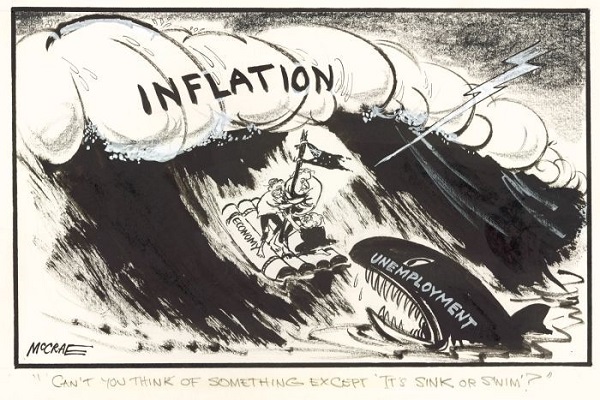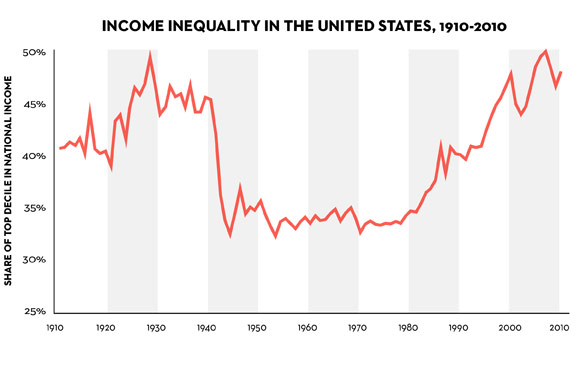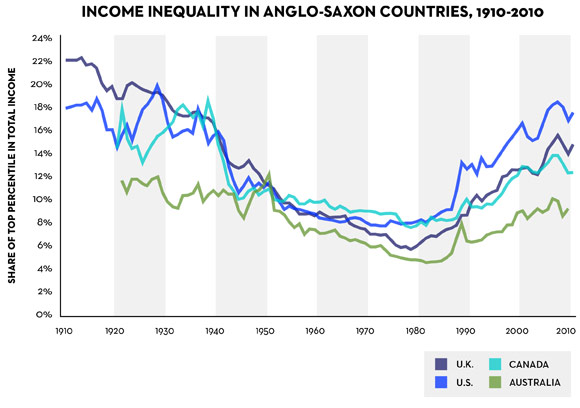I’ve borrowed the title from The Australia Institute because it reflects how I feel about the Intergenerational Report.
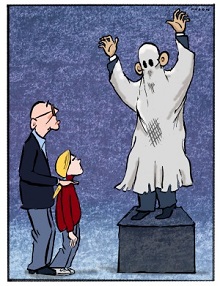
Hockey told a business briefing “When people see some of the graphs in the intergenerational report they are going to fall off their chairs.” Richard Denniss said, yes, “we’re rolling around on the floor laughing”. He finds it “a deeply flawed document based on deeply flawed assumptions.”
Peter Martin warned us that when governments lose their authority, they try to scare us. Michelle Grattan warned that the government wanted the public to take several political messages out of the IGR:
Stated crudely, these are: first, that Labor’s policy settings would have taken us to hell in a hand basket; second, that but for the pesky Senate, the budget would have been in good shape relatively soon; and third, that despite the obstacles, the government is making progress towards bringing us to fiscal health.
She was right.
The Intergenerational Report is accessible here. See also the ABC article and The Conversation’s panel of experts.
Three scenarios
The Report paints three scenarios. The first dubbed “Proposed Policy” is the Abbott Government’s 2014 Budget. It would bring a surplus within five years. That is, if the revenue stream holds up as predicted, which we know it hasn’t. Also some ‘saves’ of the budget have been abandoned. That’s the first bit of fiction.
The second scenario is termed “Currently Legislated Policy”. That’s what the Opposition, the Greens and crossbench senators have passed. That will lead to a deficit of 6% of GDP in 2055.
The shock horror is in the third scenario, called “Previous Policy”. We are meant to believe that this is what the LNP inherited from Labor. In 2055 on this scenario the annual deficit would be a whopping 11.7% of GDP, with net debt at 122% of GDP.
The deception here is that the Report has not used Labor’s legacy as reflected in the Pre-Election Fiscal Outlook (PEFO) prepared independently by Treasury and Finance and published under the charter of budget honesty in August 2013 before the last election, which had the budget coming into surplus in 2015-16. It has used Hockey’s first Budget Update, after he had added billions of dollars of debt.
The IGR is a document compiled by the Treasurer, not the Treasury. Chris Bowen says that Labor would legislate to have it compiled by the Parliamentary Budget Office to take out the politics.
Affordability
The Report has put in some scary figures like number of centenarians will grow from 5,000 or so now to almost 40,000 in 2055, spending on aged care and pensions will from from 2.9% of GDP to 3.6%. That’s an increase of 24% when our average income is forecast to lift from $66,400 today to $117,300, or 76%. If that is true (I have my doubts) then we can live very decently and still afford welfare.
Dependency ratio
A really scary figure given is the dependency ratio, which is the number of people of working age (15-65 year-olds) to aged people (65+). The dependency ratio is 4.5 now and will reduce to 2.7.
Again I say, why should we worry that the number of workers is reduced by 45% when each worker will be earning 76% more.
John Quiggin reckons it’s a weird trick that proves the IGR is nonsense. The concept assumes:
* Children aged 14 and under cost nothing to raise and required no public expenditure on schools, daycare etc
* Children leave school at 15. After this, they not only support themselves, but contribute to the support of those over 65
* People retire become eligible for age pensions at 65.
All three are wrong.
Climate change, the environment and population growth
Richard Denniss says the Report is unrealistic because it “barely talks about the threats of climate change or the enormous cost of building the new infrastructure that rapid population growth will require.”
Ian Lowe says:
There is no sign the government even recognises the most serious threats to future generations: liquid fuel security, climate change, water shortages, loss of productive land and loss of biodiversity. These issues require planning and commitment of resources now.
Rapid population growth to reach 39.7 million is taken as a given, not something we have a choice about.
On climate change Ben Eltham says:
Climate change is the dominant geopolitical fact of the future. It will shape the future more surely than tax takes or pension liabilities. It will reshape the global economy, threaten food yields, increase natural disasters, lay waste to Australia’s region and generate hundreds of millions of refugees.
Such blunt realities are absent everywhere from the 2015 IGR. It’s denial writ large, pure and simple. A larger blind spot – a more willful inapprehension of reality – is hard to envisage.
I’d have to agree with his bottom line:
You don’t have to take such shoddy work seriously, and as a busy citizen, you shouldn’t. The Intergenerational Report is not a serious attempt to make projections about government policy. It is an ornament, a prop in a policy theatre, a bell-and-whistle for the next Treasury lockup.
Like most such reports, the IGR will be quickly forgotten.
Update: The Parliamentary Library site Flagpost has a useful comparison of the four IGR reports so far.

